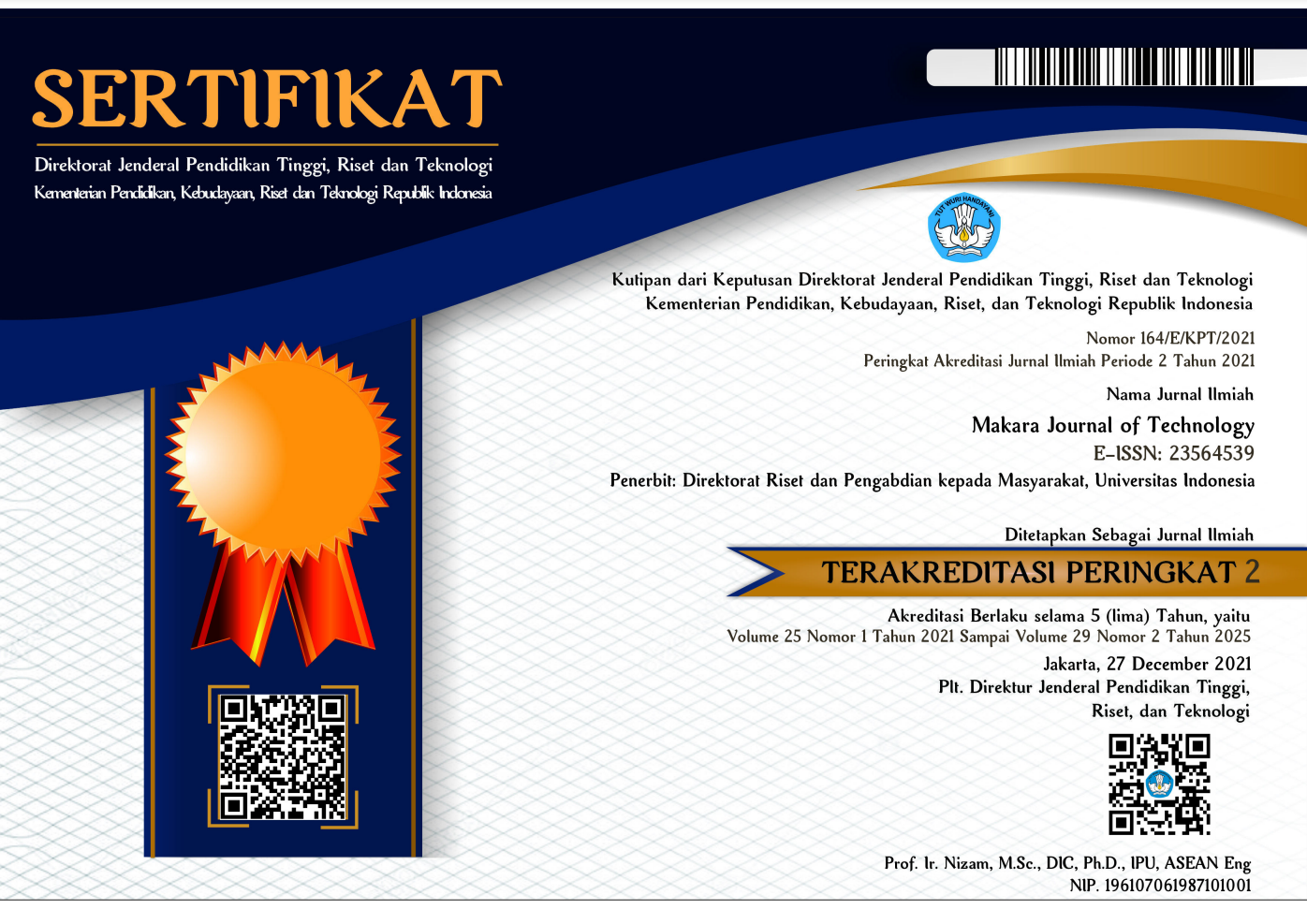Abstract
The complexity of polymer flow through a contraction arises from the simultaneous occurrence of shear and elongational strains near the entrance of the contraction path (die). Although this phenomenon has been extensively studied, the effect of plunger motion on the flow toward the contraction path remains underexplored. This study investigated the rheological behavior of thermoplastic polymers at a contraction flow path to enhance the understanding of their flow and rheological behavior, including variations in velocity, pressure, viscosity, and shear rate under varying loads. Polypropylene (PP), a semicrystalline polymer with a low melting point, was used as the test material. The operating temperature was set to 180 °C, and the displacement of the plunger, marked with black lines at its initial and final heights, was recorded under loads of 0.3, 0.6 and 0.85 MPa. The displacement rates were analyzed using MATLAB. A dynamic mesh approach in ANSYS 19 was employed to simulate the real-time motion of the plunger, incorporating a user-defined function developed in C language to control the dynamic boundary motion. The numerical approach successfully simulated the rates of plunger displacement (speed) and predicted the viscosity of PP within the paths (barrel and die). Results indicated that the plunger speed increased with pressure. The pressure generated by the plunger created a driving force that overcame the resistance to flow within the barrel. Higher pressure from the plunger resulted in a greater driving force, which increased the flow rate of the polymer melt through the barrel. On the other side, as the polymer melt flowed from a large cross-sectional area to the contraction flow area, the velocity of the polymer molecules increased, resulting in a pressure drop in the PP melt. Polymer molecules became oriented and stretched in the flow direction upon entering the contraction area, further increasing the shear rate. Consequently, the reduced cross-sectional area in the contraction increased the flow rate, elevated the shear rate, and decreased the viscosity, facilitating polymer flow through the contraction.
References
- [1] S.G. Hatzikiriakos, Nucl. Phys. 13/1 (1993) 104.
- C. Reynolds, R. Thompson, T. McLeish, J. Rheol. 62 (2018) 631.
- D. Tang, F.H. Marchesini, L. Cardon, D.R. D’hooge, J. Non-Newton. Fluid. 282 (2020) 104337.
- E. Mitsoulis, S.G. Hatzikiriakos, In Proceedings of the 2nd International Conference on Simulation and Modeling Methodologies, Technologies and Applications (SIMULTECH-2012), Rome, Italy, 2012, p.291.
- S. Raha, H. Sharma, M. Senthilmurugan, S. Bandyopadhyay, P. Mukhopadhyay, Polym. Eng. Sci. 60/3 (2020) 517.
- S. Akkoyun, C. Barrès, Y. Béreaux, B. Blottière, J. Y. Charmeau, J. Rheol. 58 (2014) 467.
- S.C. Chen, W.H. Liao, J.P. Yeh, R. Der Chien, Polym. Test. 31/7 (2012) 864.
- E.J. Soares, R.L. Thompson, D.C. Niero, Phys. Fluids. 27 (2015) 082105.
- T. Mattner, D. Drummer, Rheol. Acta. 55 (2016) 823.
- J. Aho, S. Syrja¨la¨, J. Appl. Polym. Sci. 116/5 (2010) 2658.
- H.M. Laun, Rheol. Acta. 42 (2003) 295.
- A. Ahuja, R. Lee, Y.M. Joshi, Adv. Colloid Interfac. 294 (2021) 102472.
- H. Münstedt, J. Rheol. 64 (2020) 751.
- Z. Zhang, S.G. Hatzikiriakos, Phys. Fluids. 32 (2020) 073106.
- X. Lin, J. Liu, C. Wu, D. Ren, J. Zhang, Appl. Rheol. 28 (2018) 25503.
- M. Hubmann, S. Schuschnigg, I. Ðuretek, J. Groten, C. Holzer, Polymers-Basel. 15/14 (2023) 3147.
- E.d.S.B. Ferreira, C.B.B. Luna, E.M. Araújo, D.D. Siqueira, R.M.R. Wellen, Polym. Compos. 42/1 (2021) 484.
- M.A. Azmi, M.A. Azmi, N.F. Fishal, Z.M. Ariff, R.K. Shuib, A. Rusli, K.M.K. Ishak, et al., In: W.S. Chow, M. Jaafar, Z.M. Ariff, R.K. Shuib, S.A. Zubir (Eds.), Proceedings of the 19th Asian Workshop on Polymer Processing (AWPP 2022), AWPP 2022, Springer Proceedings in Materials, vol. 24. Springer, Singapore, p.59.
- T. Sato, K. Harada, T. Taniguchi, Macromolecules. 52/2 (2019) 547.
- G. Dewanto, W. Pranoto, J. Widjajakusuma, H.G. Matuttis, E3S Web Conf. 429(2023) 02012.
- G. Hauke, J. Lanzarote, Algorithms. 15/8 (2022).
- M.A. Azmi, M.Z. Abdullah, R.K. Shuib, Z.M. Ariff, W.K. Loh, R.C. Ooi, et al., Polym. Bull. 81 (2024) 2385.
- I. Duretek, C. Holzer, Univers. J. Mater. Sci. 5/1 (2017) 7.
- M.K. Abdullah, M.S. Rusdi, M.Z. Abdullah, A.S. Mahmud, Z.M. Ariff, K.C. Yee, et al., Pertanika J. Sci. Technol. 31/1 (2023) 33.
- M.S. Rusdi, M.Z. Abdullah, A.S. Mahmud, C.Y. Khor, M.S. Abdul Aziz, Z.M. Ariff, et al., Arab. J. Sci. Eng. 41/5 (2016) 1907.
Recommended Citation
Azmi, Muhammad Afiq; Ariff, Zulkifli Mohamad; Shuib, Raa Khimi; Rusli, Arjulizan; Ku Ishak, Ku Marsilla; Shafiq, Mohamad Danial; Hamid, Zuratul Ain Abdul; Zakaria, Zulfirdaus; Abu Bakar, Muhamad Husaini; and Abdullah, Muhammad Khalil
(2024)
"Effect of Different Pressures on Polymer Flow at a Contraction Path: A Real-Time Numerical Approach,"
Makara Journal of Technology: Vol. 28:
Iss.
3, Article 2.
DOI: 10.7454/mst.v28i3.1678
Available at:
https://scholarhub.ui.ac.id/mjt/vol28/iss3/2



